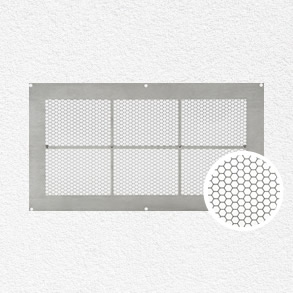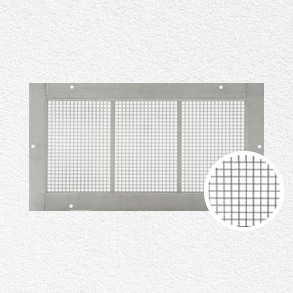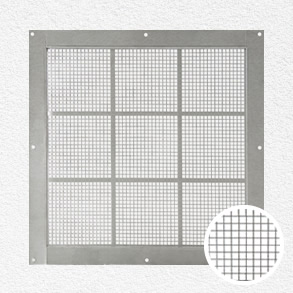After the horrific images of flooding and damage from Hurricane Sandy, it’s nice to see some normalcy return to New York beaches.
Rockaway Beach in Queens was particularly hard hit by Sandy, with many homes and businesses destroyed. The storm pulled apart 2.5 miles of wooden boardwalk and disrupted electricity and train services for weeks.
Today, Rockaway is bouncing back, which is great news for residents and visitors. Naturally, part of the recovery effort has focused on mitigating damage from future storms. For example, crews are rebuilding the barrier wall separating the beach from homes, but this time they’re driving the pile footings 25 feet deep into the ground.
This FEMA video provides a quick overview of some of the recovery efforts:
There’s a lot more work to do. Construction equipment and crews are still on the scene, and some beach areas remain off-limits to swimming. For up-to-date information on the Rockaway beach and boardwalk, visit the City of New York Parks & Recreation.
From the Rockaway recovery effort, we can take away this valuable lesson: it’s cheaper and more effective to mitigate flood damage before disasters occur, rather than trying to fix things afterwards.
As a manufacturer of flood vents, we’ve taken this lesson to heart. Flood vents are simple to install and, compared to the value of your home, relatively inexpensive. Yet the installation of flood vents can make the difference between a home you can salvage, and a home beyond repair.
To learn more about our FEMA compliant food vents, contact us.






